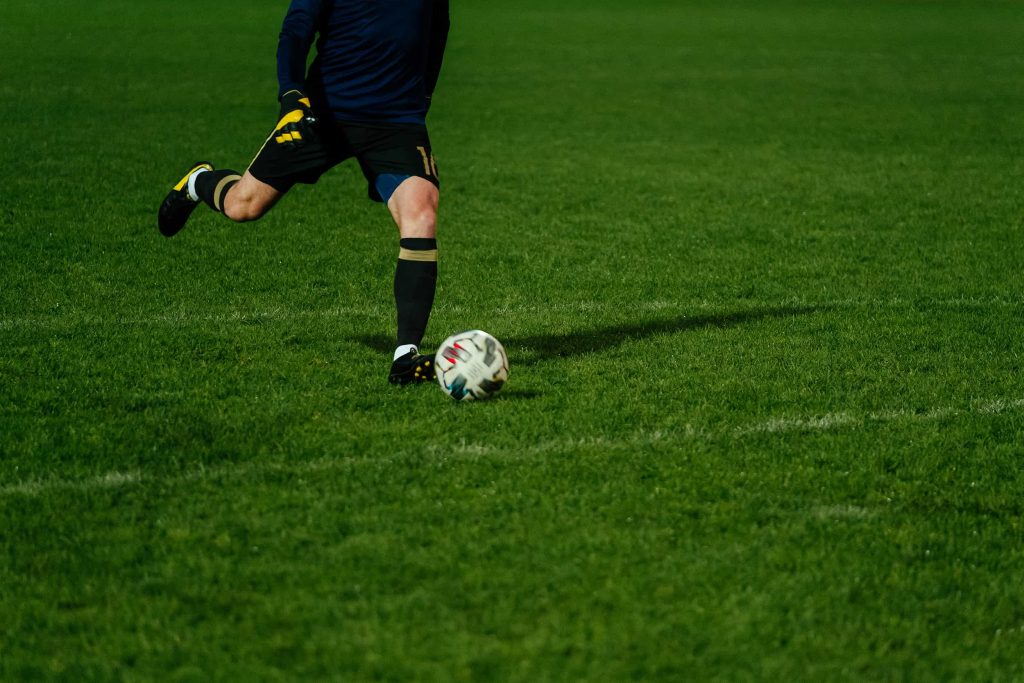This post was originally featured on our network website which covers players, matches and more involving football – totalfootballanalysis.com.
2017/18 proved to be a pretty depressing season for Borussia Dortmund as Bayern Munich cruised to the title unchallenged, once again. The main reason for their poor performances was the departure of Thomas Tuchel at the end of 2016/17 and the loss of key personnel including Marco Reus through injury. When Peter Stoeger took over midway through the season, Pierre-Emerick Aubameyang was on his way to Arsenal and Dortmund were left without an experienced, proven forward to lead the attack. Luckily for the Dortmund, Reus returned shortly after the winter break and provided seven goals as the side scraped into 4th place and secured Champions League qualification.
Dortmund’s captain was then selected to represent Germany at the World Cup in Russia but the team suffered an early exit. This gave Reus the opportunity to make a full recovery during the summer and begin pre-season in good shape. Lucien Favre also arrived in Dortmund to manage the side and several key signings were brought to in, completing a summer of perfect preparation and the side have flourished ever since. Key to their resurgence has been the coaching ability of Lucien Favre and how he’s managed to get the best Reus’ talent. Below, I take a deeper look at his performances so far in 2018/19, but first, let’s look at the changes implemented by Favre that have had an effect on him:
Dortmund’s defensive and attacking structure under Lucien Favre’s management:
Under Lucien Favre, Dortmund have continued using an advanced midfield press when established in the defensive phase. Peter Stoeger implemented this press when he arrived last season and it was seen as a conservative move away from the high press used by the previous three managers. However, under Favre, the midfield press makes practical sense considering his philosophy and how this has shaped their play in possession.
In possession, Lucien Favre has made several adjustments to take advantage of the pressing flaws evident throughout the Bundesliga. Firstly, aside from a few top teams, most teams’ organisation and behaviour on the ball leaves them unprepared in defensive transition and therefore in the defensive phase as well. Some teams use a direct attacking strategy, some use a possession-based approach and one or two use a counter-pressing style to create chances. However, Dortmund’s approach has allowed them to be relatively flexible enough to penetrate space and create goal-scoring opportunities against their opponents, regardless of strategy or style. The bottom line is that most teams usually lack the cohesion and quality required to consistently perform attacking actions while maintaining defensive balance simultaneously over an entire 90 minutes. Especially against a side as strong as Dortmund.
Favre has improved the side by ensuring effective attacking play whilst maintaining defensive balance through the use of a double-pivot in the side’s 4-2-3-1. Thomas Delaney and Axel Witsel’s primary role in midfield is to dictate play while providing a defensive screen when possession is lost. As a result, both rarely venture too far forward during the attack. This means that as Dortmund’s no.10, Reus has had to take on the huge responsibility of leading the attack, without the support of a typical no.8. Let’s take a deeper look at his roles and responsibilities as well as how he’s performed over the first half of 2018/19.
Reus’ role and responsibilities within Lucien Favre’s system
During the build-up out of the back, Reus usually acts as an outlet in order to allow Dortmund to gradually progress forward or to continue the attack. When facing teams who defend passively he usually drops in and out of the no.10 position offering support to players on the ball. Or he stays continuously on the move to occupy opponents or drag them out of position in order to create space for his teammates. Against teams that show real intent on winning the ball high up the field, Dortmund use their build-up play to separate their opponents’ defensive and midfield lines. The way Dortmund do this is through the use of horizontal passes to stretch their opponents. Here, Reus’ role is even more crucial as the team needs to penetrate the spaces created through their passing. Reus provides an option to either the fullback or winger in between the lines where he can either carry the ball forward or lay the ball off out-wide after escaping pressure.


We all know Reus is a highly skilled player but his best moments come from his simplest moves. His subtle but highly effective movement allows him to play quick passes which are really valuable when Dortmund break lines and transition into attack. The speed of their attacking play has been clear for all to see this season, and it’s all been down to his awareness and ability to beat a defender or two with only a few touches. His movement in and around the box is also brilliant and the GIF below against Bayern shows how aware and composed he is when deciding on which areas to penetrate and where the ball might arrive.
His partnership with Jadon Sancho has been particularly successful and they’ve scored/created many goals together thanks to the simplicity of their game. They also both have the technique to dribble past opponents in isolated situations which has made Dortmund unpredictable and hard to defend against.
Marco Reus’ statistical performance

Reus has scored 11 goals and provided five assists as well (Bundesliga only). He’s had a really impressive conversion rate which currently stands at 0,67 G90 and his xG90 stands at almost 0.59, currently the second highest xG90 in Dortmund’s squad after Paco Alcacer. Below is a map charting his shot opportunities, converted, missed and saved. Averaging almost three shots a game, it’s no wonder that Reus has been contributing so many goals to Dortmund’s attack this season. He’s not only a really good finisher but his shot opportunities have come in really valuable areas.
In terms of goal creation, his KP90 stands at 1,52. Going through his career statistics, this is a worrying trend as he’s been on a downward spiral ever since 2015/16. However, factors that have contributed to the decrease in his KP90 include his injury layoffs and a different style of play under different managers. For example, under Tuchel, the side were much more proactive and less risk-averse than under Lucien Favre. So he probably had more opportunities to play vertical passes especially with the pace of Aubameyang and Ousmane Dembele that was used to get in-behind opponents.
Conclusion
Reus has definitely been Dortmund’s most valuable player this season thanks to his all-around contribution. Not only does he convert most of his chances but he plays a very important role during the build-up and attack within Lucien Favre’s playing structure. The stage is set for the second half of the 2018/19 and I’ve no doubt Reus will remain consistent and continue to create goals and assists.
However, with Bayern only six points behind and Mauricio Pochetino’s Tottenham Hotspur to face in the next few weeks, the whole squad will have to be prepared. Reus has carried this team for far too long and Paco Alcacer’s insane goalscoring form is unlikely to continue. Therefore their title challenge and European progress is under threat is Dortmund don’t find ways to remain tactically flexible, unpredictable and clinical.
If you love tactical analysis, then you’ll love the digital magazines from totalfootballanalysis.com – a guaranteed 100+ pages of pure tactical analysis covering topics from the Premier League, Serie A, La Liga, Bundesliga and many, many more. Get your copy of the FIRST of two December issues for just ₤4.99 here, or the SECOND of the December issues with an annual membership right here.



